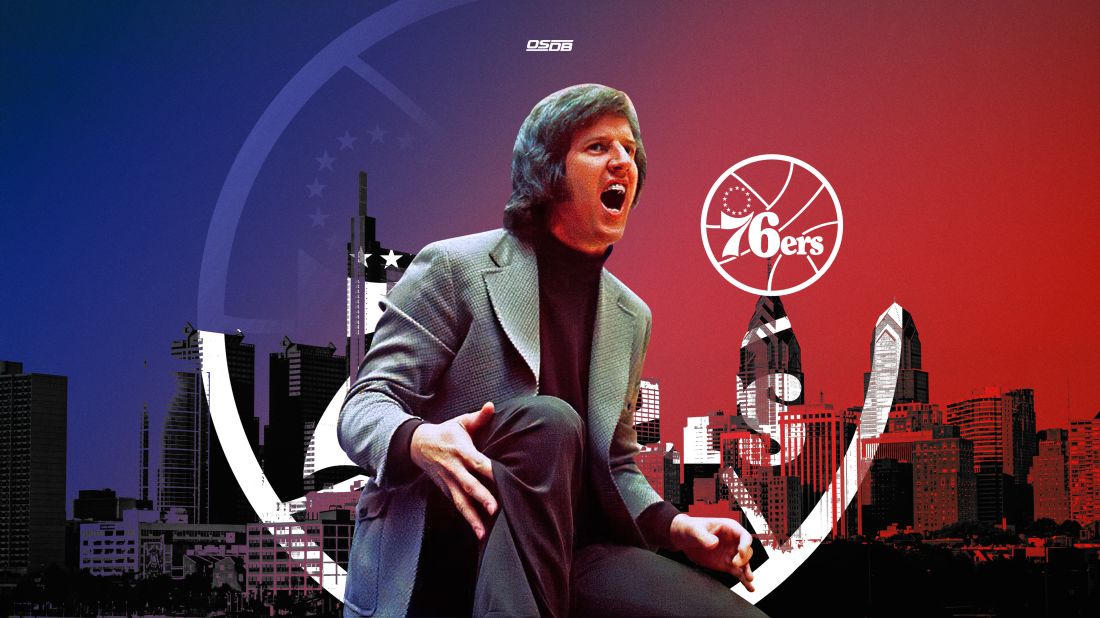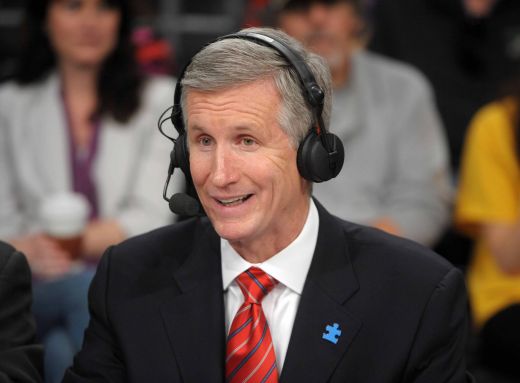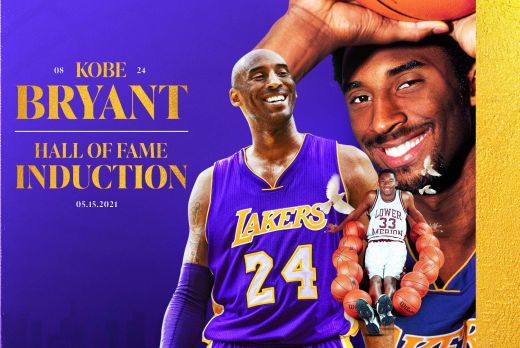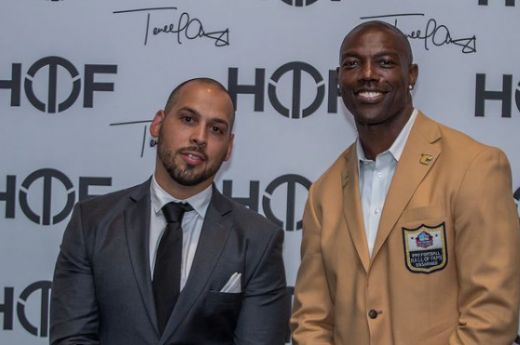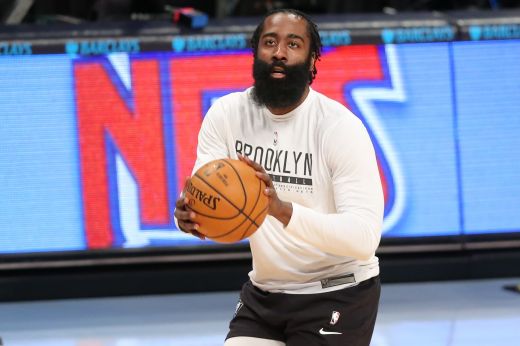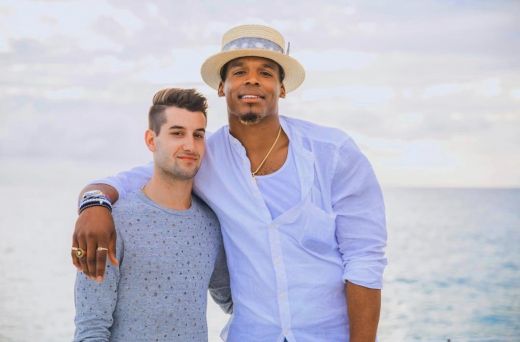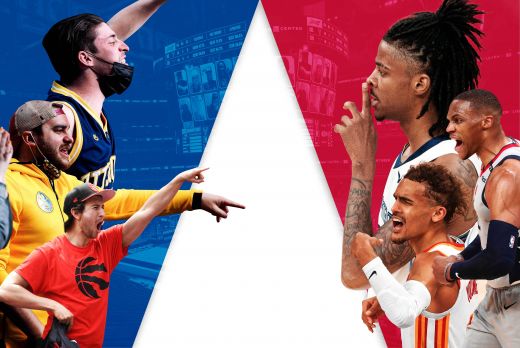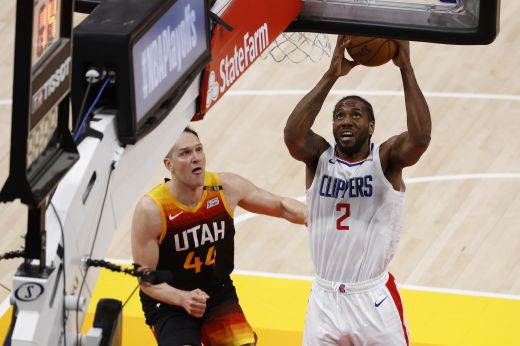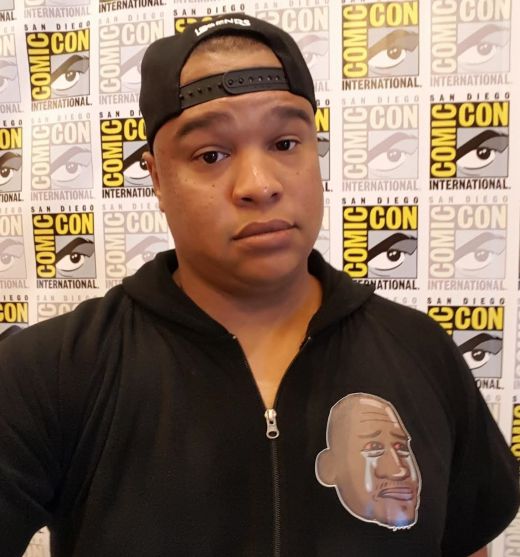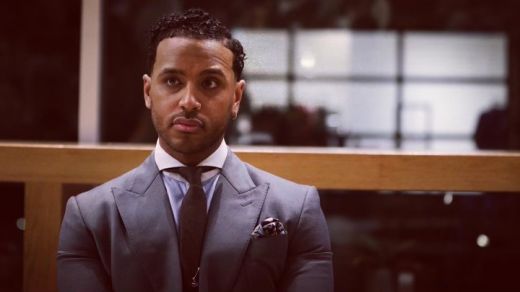Kevin Loughery was asleep at a hotel in Chicago, the site of the 1973 All-Star game, when he received a call from his agent, Larry Fleisher, who carried compelling news about the Philadelphia 76ers.
“Larry told me they fired the coach Roy Rubin, and they want me to be coach,” Loughery said in an interview with OSDB Sports. “I said I definitely would be interested.”
Loughery, a former 11th overall pick out of St. John’s, was still a Sixers player but out for the season because of a knee injury. He said accepting the coaching position was an easy decision given his injury, but the circumstances might’ve dissuaded a less confident candidate.
The Sixers, after all, were terrible. Historically terrible.
Loughery took over a team with a 4-47 record, and, two months later, set the mark for the worst record in NBA history at 9-73. Nearly 50 years later, the 73 defeats remain the most an NBA franchise accumulated.
And amid that misery, Loughery found happiness with a career passion.
“It gave me a chance to get the feel if I would enjoy coaching, whether I wanted to stay in it,” Loughery said. “Because I still had an opportunity to play. But I found out I loved coaching and then I did it for over 20 more years.”
Loughery, now 82 and still golfing regularly in Atlanta, left the Sixers after the season to coach Julius Erving and the New York Nets, where he captured two ABA titles in his first three tries. It was a quick lesson in the formula for coaching success.
“I don’t think I got that much smarter that quickly,” Loughery said. “I got a guy named Dr. J.
“You see it in the NBA now. Who is the top coach? Popovich? What’s he done since Duncan left? He’s still a great coach but it’s the old saying – coaching is not the X’s and O’s, it’s the Jim’s and Joe’s. So you got to have players. Players make coaches.”
The Sixers didn’t have many good players in 1972. Their franchise star, Billy Cunningham, went to the ABA before the season. Their longtime stalwart, Hal Greer, was 36 years old and on the brink of retiring. Their Hall of Fame coach, Jack Ramsay, quit. Their new coach, Roy Rubin, took the job after Al McGuire and Adolph Rupp turned it down.
“We didn’t have a very good basketball team. We weren’t very good,” Loughery said. “You get some injuries and we couldn’t afford injuries. But another factor, it just mushrooms after you lose so often. And with some injuries, we weren’t talented enough to go on.”
Still, Loughery’s move to the sideline provided the Sixers with a boost. They went 5-3 during a two-week stretch in February, which included victories over Walt Frazier’s New York Knicks, Kareem Abdul-Jabbar’s Milwaukee Bucks and Wes Unseld’s Washington Bullets.
Andy Dolich, who worked for the Sixers as an Administrative Assistant to GM.
, said the change from Rubin to the Loughery was major factor to the mini-surge. Rubin, as Dolich explained, was ill-equipped for the job with only previously coaching at Long Island University in Brooklyn.
Loughery also had the benefit of a close relationship with the team’s best player, Fred Carter, who enjoyed cigarettes but could also score in bunches.
“(Loughery) definitely, without doubt, deserves credit. You look at his basketball background. You look at his knowledge. We didn’t have any of the three important components to winning basketball – teamwork, leadership and trust.
“As soon as Roy was gone, you started to see some of that come back,” Dolich, who parlayed his intro-level job with the Sixers to a long career in sports management, told OSDB Sports. “That had a lot to do with Kevin’s personality and knowledge of basketball.
“(Loughery) got to the them and he understood how the NBA worked. Roy Rubin didn’t.”
The positive results were short-lived, however. Reality set in as the Sixers dropped their final 13 games.
“It was just a situation where things were out of hand throughout the whole season. And the best I could do was coach the games,” Loughery said. “And I really got to love was coaching the games. If you’re a competitive person, the hardest thing about coaching when you have a bad team, is when you play your best your game, you play as good or better than you can play, and you lose. And then you know there’s
The reward for the misery was Doug Collins as the first overall pick in 1973, but Loughery left for a better player in Dr. J with the New York Nets.
Loughery stuck with the Nets into New Jersey and the NBA, then coached the Hawks and Bulls. In 1984, he became Michael Jordan’s first NBA coach while guiding His Airness to Rookie of the Year. But Loughery was fired after the season by GM Jerry Krause for “philosophical differences.”
“I don’t know what that means,” Loughery told the Chicago Tribune at the time. “This is the first time I’ve ever been fired. I’m sad about it, but I’m not going to blow my brains out. I came in with the team and the organization floundering and we made the playoffs and doubled the attendance. There was some definite progress made.”
Loughery jumped from the Bulls to the Bullets and then coached Miami Heat’s first playoff series. Along the way, he developed a water-spilling stalling technique that resurfaced in 2013 when Brooklyn Nets coach Jason Kidd attempted it.
Kidd was caught and fined $50,000. Loughery, who once did it in the playoffs for the Miami Heat, was never caught.
“Jason Kidd made a mistake -- he did it himself,” Loughery said. “I had my ballboy do it.”
Ironically, a long career with such great stories and successes began with the worst team in NBA history. The record has held for nearly 50 years despite teams actively tanking, and Loughery believes it may last another 50 given the league’s expansion.
There were only 17 NBA teams when Loughery coached the Sixers. Now the talent is spread thin and the weak rosters can find enough wins against the similarly weak. A tanking Sixers team in 2015-16 came the closest to the record while going 10-72.
“With free agency today and having 30 teams, it’s an entirely different atmosphere,” Loughery said. “When I came in the NBA initially to play, we only had 99 players. I don’t think it’s going to happen now because a lot of the weaker teams we played against had a little bit more. So I think that record will probably hold up for a long, long time.”
The sidebar is that record-breaking failure spawned a championship coach.
“I’m going to be honest with you, I enjoyed it,” Loughery said. “I enjoyed it because it gave me experience in coaching.”
